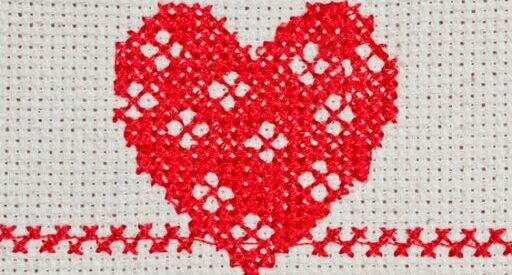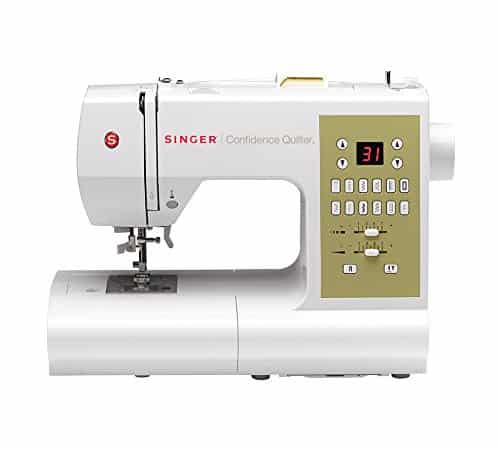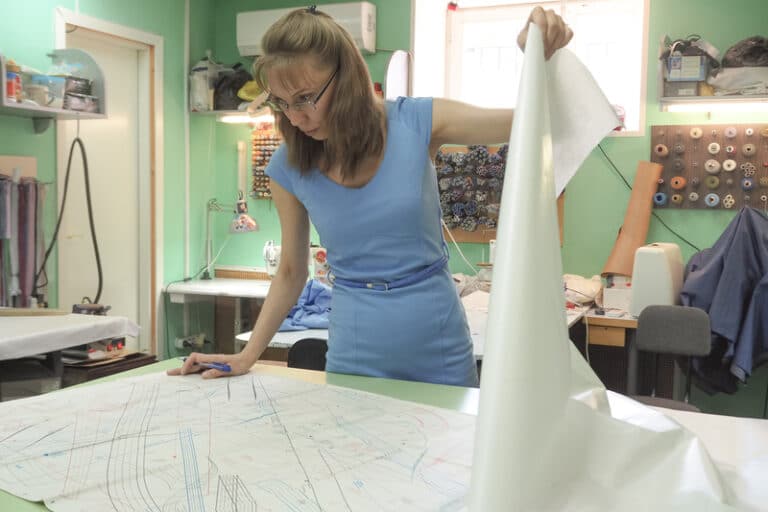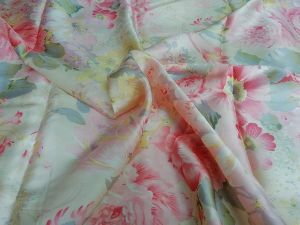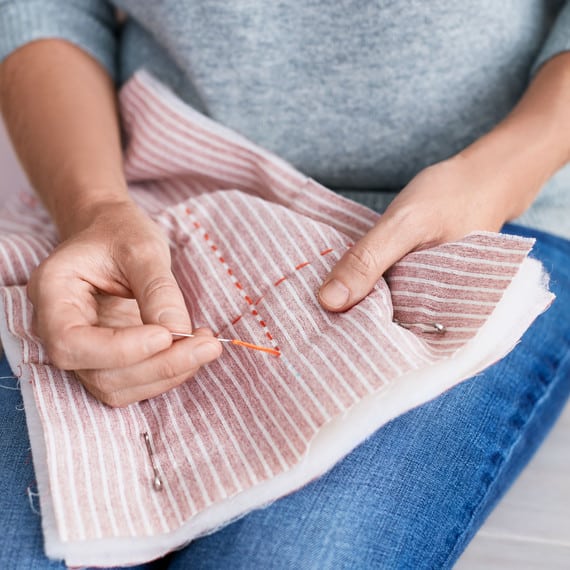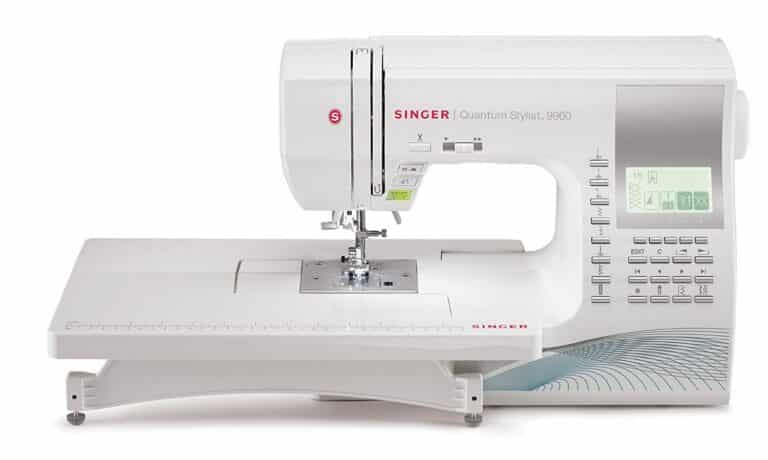Rayon Fabric: History, Properties, Use, Care, Where to Buy
Table of Contents
Introduction to Rayon Fabric
Rayon fabric is a semi-synthetic fabric frequently made by treating wood pulp. Because of the chemical procedure, it’s synthesized even if the source materials are cellulose, a type of plant matter.
Garment manufacturers frequently utilize fabrics made of Rayon as a cost-effective alternative to natural fibers because Rayon can be manufactured at a lower cost and possesses many of the same qualities as natural fibers. In addition, the method gives manufacturers the ability to alter these features to make the finished fabric more closely resemble a certain material.
What is the History of Rayon Fabric?
The first rayon fabric was designed to look like silk in the hopes that it would help France’s silk industry, which was struggling.
As a result of a lack of available silk due to diseased silkworms, the French scientist Hilaire de Chardonnet aimed to develop an alternative method of producing the cloth. His discovery was the first time anyone had ever come upon Rayon.
Since then, several people have modified and enhanced the procedures that Chardonnet developed. In addition to silk, Rayon can successfully simulate the look and feel of cotton and linen.
Properties of Peachskin Fabric
- It is a delicate fabric.
- It is a highly breathable fabric.
- The fabric can be easily wrinkled.
- It has good moisture-wicking abilities
- It is fine and smooth in texture
- It is comfortable to wear.
How is Rayon Fabric Made?
The production of Rayon involves first dissolving cellulose and then transforming the resulting solution into insoluble fibrous cellulose.
In order to accomplish this regeneration, a number of techniques have been created. The cuprammonium way, the viscose technique, and the lyocell procedure are the three processes that are utilized the most frequently for producing Rayon.
Where is Rayon Fabric Made?
At the turn of the 21st century, Grasim of India was responsible for producing 24 percent of the Rayon manufactured worldwide. Other countries that produce Rayon now include the United States of America, Canada, Germany, Brazil, Austria, China, and Laos.
Common uses of Rayon Fabric
Rayon fabric is used for various garments along with different products.
Daily wear
You may give your new dresses or skirts a new look using this fabric. This fabric is also used for undergarments.
Home décor
You can also use the fabric for cushion covers, table mats, bed covers, curtains, etc. The more you think about it, the more creative ways you can use it to brighten up your house.
Drapery materials
The smooth drape of Rayon makes it an excellent choice for apparel that is designed to be loose and airy, from tops that droop to bottoms that are loose.
Athletic wear
Rayon is a popular choice for sports clothing due to its capacity to absorb moisture while still allowing air to pass through it, which helps keep you cool and comfortable while you work out.
Sewing with Rayon fabric
Rayon fabric is a delicate fabric that needs to be sewed with caution and care. In addition to its delicacy, Rayon’s slipperiness makes sewing with material a challenge. Using pins or weights in Rayon sewing applications is essential because the fabric is slippery.
Sewing patterns and designs on the fabric can be done without a hindrance if one ensures using the correct sewing essentials and sewing notions and supplies.
Since the fabric is easily ruined, you should use a thin and sharp needle. This will prevent the fabric from snagging or any visible holes appearing.
The sewing thread used can be all-purpose, making the fabric last longer. You should also use smaller stitches when sewing the fabric.
To obtain a better-sewed fabric, you can use the best sewing machines like the Brother SE600 for better results. Keeping in mind these tips and tricks, you can easily sew the fabric to make clothes and garments of your choice.
Dyeing with Rayon fabric
Rayon may be dyed, which may come as a surprise to people who are familiar with the material. Colored rayon fabrics can be found. This method is useful not just for fashion designers but also for customers who have their personal preferences in terms of design.
Depending on the fibers that make up the fabric, it might be possible to color it. It is possible to use Rit All-Purpose Liquid Dye, the best fabric dye available, on items that have been manufactured using cotton, silk, and other types of synthetic threads.
How to care for Rayon Fabric?
Rayon fabrics are materials that should be treated delicately and with care.
Washing
- Handwashing is always the safest and most effective cleaning method
- Never heat dry your Rayon fabric
- You can machine wash the fabric
- The machine setting should be set to a gentle cycle
- You should use a gentle laundry detergent.
- You can also use fabric softeners.
- The fabric can be dried by air-drying it on a flat exterior
- Line drying is the best option
Ironing
- Using a shark steam iron, press the fabric on the wrong side
- Use a low heat setting and a press cloth.
- Do not use steam when ironing the fabric
- You can use pins to hold the fabric together.
Where to buy Rayon Fabric?
Fabric stores and garment shops both stock Rayon, so you should be able to find it there. Customers can also purchase Rayon fabric from online retailers and websites like Fabric.com and Amazon. Both have the best Rayon fabric currently on the market, such as the eLuxury Supply Rayon Upholstery Blend Fabric.
It can be sold in several ways depending on the seller;
- By yard
- By Inches
- Can be cut to order
Conclusion
Whether you like it or not, Rayon plays a significant role in the clothing industry. It has a silky feel and a low cost of manufacture, which appeals to commercial producers and amateur sewers. This low-cost method can be utilized to add richness to a project without going over one’s allotted budget.
Sources
- Masterclass
- Silverbobbin
- Museum textiles
